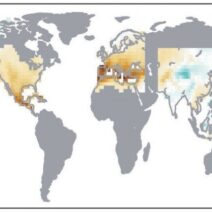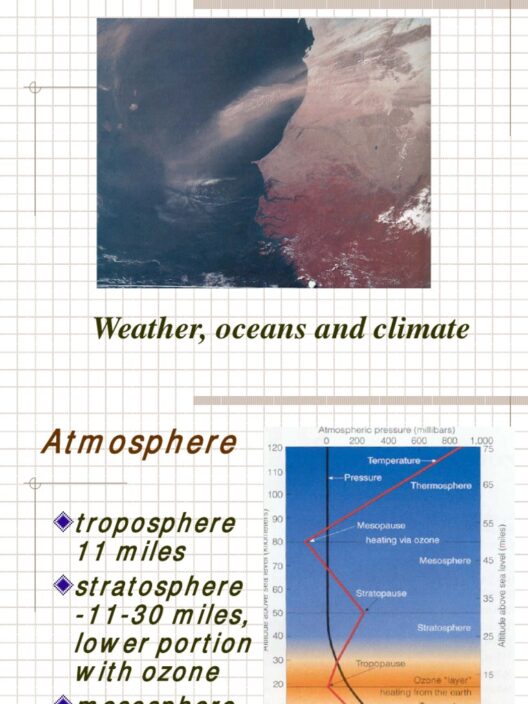Energy conservation is increasingly imperative in the contemporary discourse on climate change mitigation and sustainability, especially within the realms of agriculture and transport. The interconnectedness of these sectors underscores the need for innovative strategies to enhance energy efficiency. Promoting energy conservation not only reduces greenhouse gas emissions but also enhances economic viability and resilience in the face of climate variability. This exposition delineates multifaceted approaches to promoting energy conservation in agriculture and transport.
To commence, it is pertinent to scrutinize energy usage in agriculture. The agricultural sector is prodigious in its energy consumption, predominantly due to intensive farming practices, transportation of goods, and utilization of machinery. A salient strategy for promoting energy conservation in this domain lies in the adoption of precision agriculture techniques. By leveraging technology such as GPS, drones, and IoT devices, farmers can optimize inputs—water, fertilizers, and pesticides—thereby minimizing wastage and reducing energy expenditure. This data-driven approach allows for informed decision-making, enhancing yield while concurrently conserving energy.
Additionally, crop diversification and polyculture are fundamental aspects that deserve attention. These practices not only enhance biodiversity but also reduce the dependence on fossil fuels. By cultivating a variety of crops, farmers can utilize different growing seasons, which minimizes the need for extensive irrigation and reduces the energy demands associated with monoculture. Implementing cover crops also facilitates soil health, thereby reducing the energy needed for synthetic fertilizers.
Moreover, the transition to organic farming techniques is a pivotal strategy for energy conservation. Synthetic fertilizers and pesticides require substantial energy for their production and transport. Organic practices, which emphasize natural amendments and biocontrol methods, significantly diminish energy consumption. This shift not only contributes to sustainability but also appeals to a growing segment of consumers who favor organic produce, creating a market incentive for farmers.
Another significant factor in energy conservation is the management of livestock. Livestock farming is energy-intensive. Strategies such as rotational grazing minimize the environmental footprint of husbandry operations. By allowing pastures to regenerate and maintaining soil health, farmers can enhance carbon sequestration and reduce the overall energy input through lower reliance on mechanical feed production. Integration of agroforestry practices can also promote energy efficiency while providing additional benefits such as shade and shelter for animals, thus creating a more sustainable and resilient farming ecosystem.
While focusing on agriculture, the nexus between energy conservation and transport cannot be overlooked. The transport sector is a major contributor to global energy consumption, with substantial proportions attributed to agricultural products. Promoting energy-efficient transport methods is crucial for reducing the carbon footprint associated with food distribution.
One effective approach is to enhance local supply chains. By producing food closer to consumption points, the distance traveled decreases, thereby reducing fossil fuel consumption. Support for local farmers’ markets and community-supported agriculture (CSA) initiatives can significantly lessen transport-related energy use. Furthermore, urban agriculture is gaining traction as a viable model for local food production, effectively cutting down the energy expended in transportation logistics.
Innovations in transport technologies also play a vital role in energy conservation. The electrification of transport vehicles, including trucks and drones for delivery, represents a paradigm shift in the logistics sector. These advancements not only decrease reliance on fossil fuels but also harness renewable energy sources, thereby promoting a cleaner energy landscape. Additionally, the integration of renewable energy for charging transport vehicles further augments the conservation of energy.
The implementation of regulatory frameworks and incentives can catalyze more profound changes in energy conservation. Governments can facilitate this transition by establishing policies that Encourage energy-efficient practices in agriculture and transport. Financial incentives, such as tax breaks or subsidies for adopting clean technology or participating in conservation programs, can stimulate engagement at the grassroots level.
Educational outreach is indispensable in fostering an energy conservation mindset. Awareness campaigns that elucidate the benefits of energy-efficient practices and showcase success stories can galvanize communities and stakeholders. Workshops, online courses, and community initiatives can provide the necessary training for farmers and transport operators to adopt energy-efficient techniques and technologies effectively.
In conclusion, energy conservation in agriculture and transport encompasses a broad spectrum of strategies, from adopting precision agriculture and organic farming to enhancing local supply chains and employing renewable energy in transport. The convergence of these strategies not only diminishes environmental impacts but also cultivates economic resilience and sustainability. As stakeholders in these sectors recognize the urgency imposed by climate change, embracing innovative practices and fostering collaboration will be pivotal for a sustainable future. Ultimately, the sustained effort in promoting energy conservation will yield significant dividends for both the planet and humanity.







